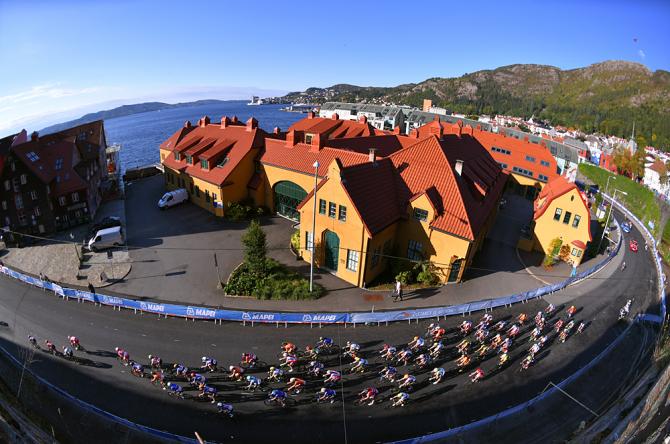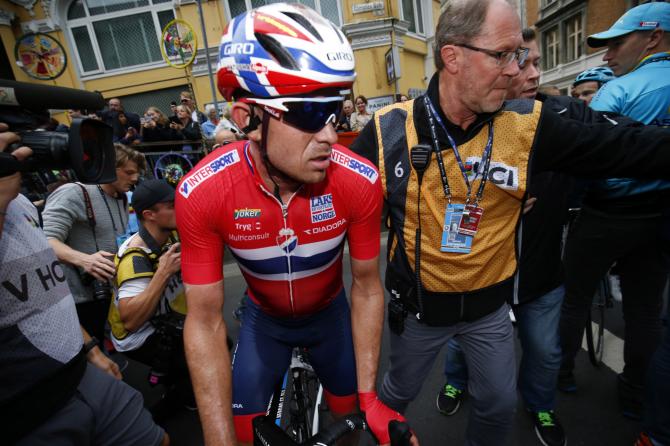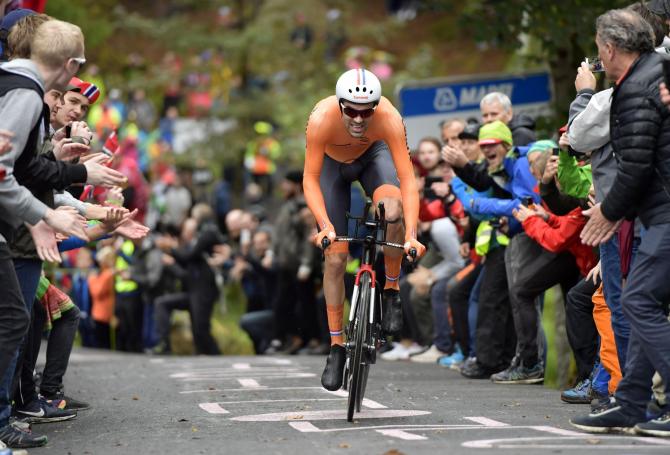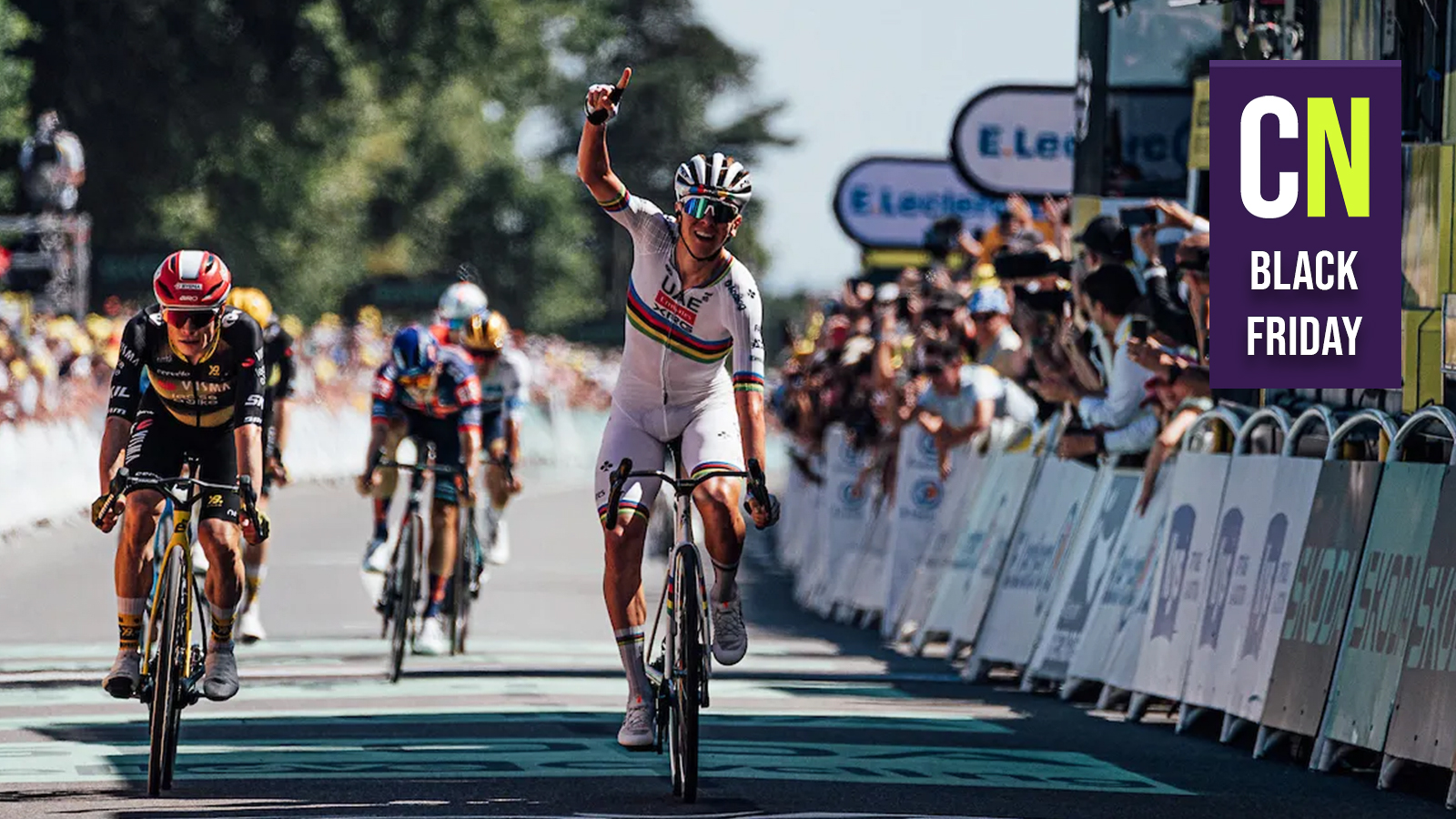Debt, bankruptcy, and crowdfunding: Bergen's World Championships hangover
Despite high costs, Norway puts great value in hosting event
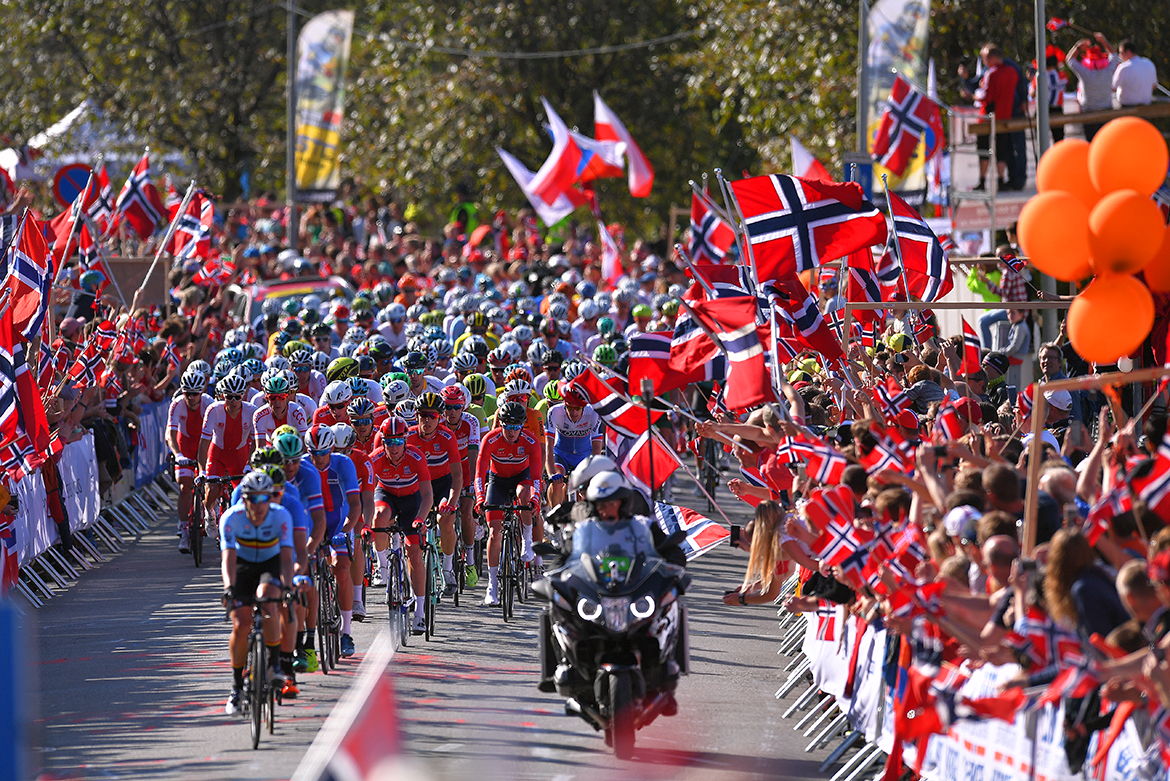
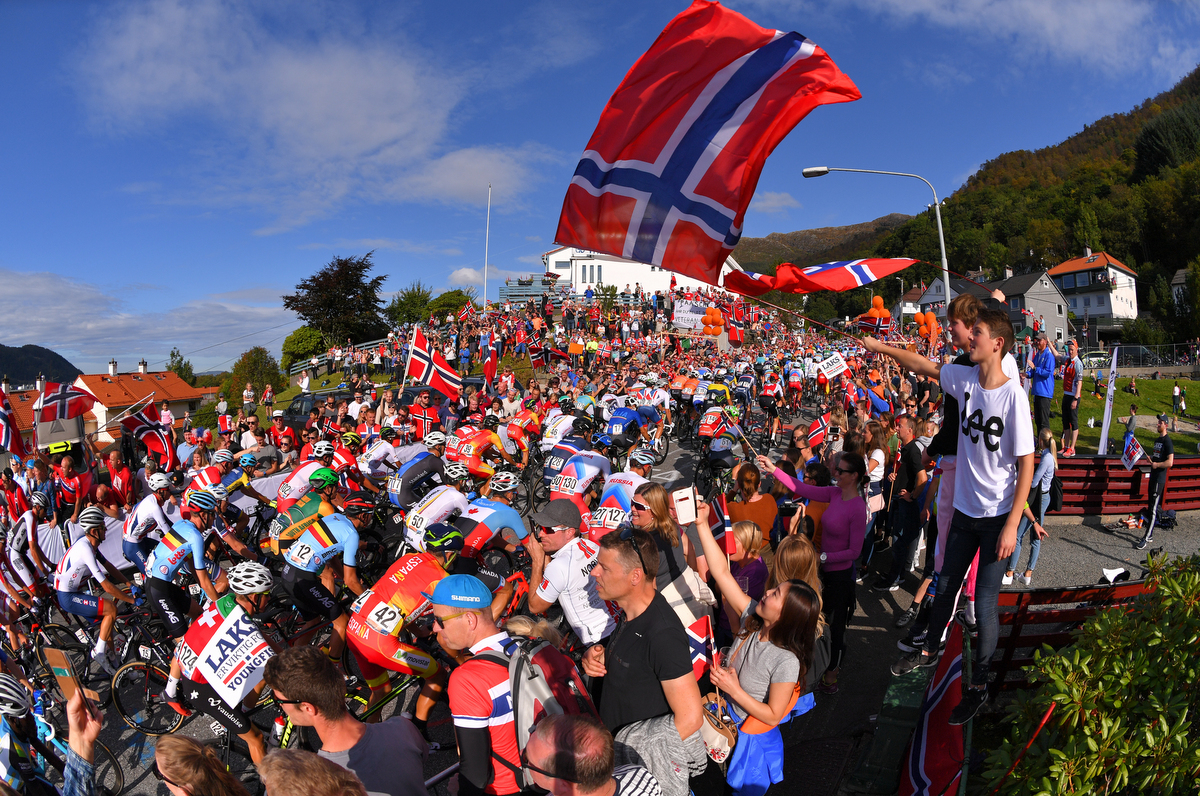
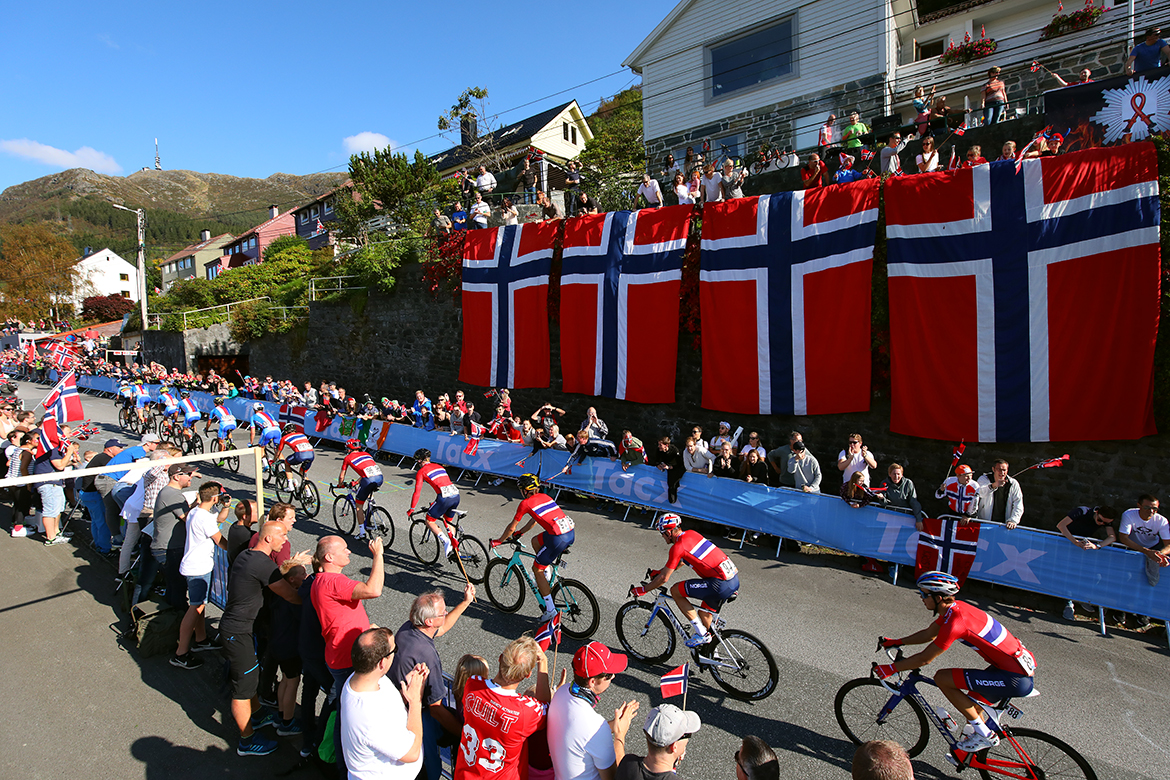
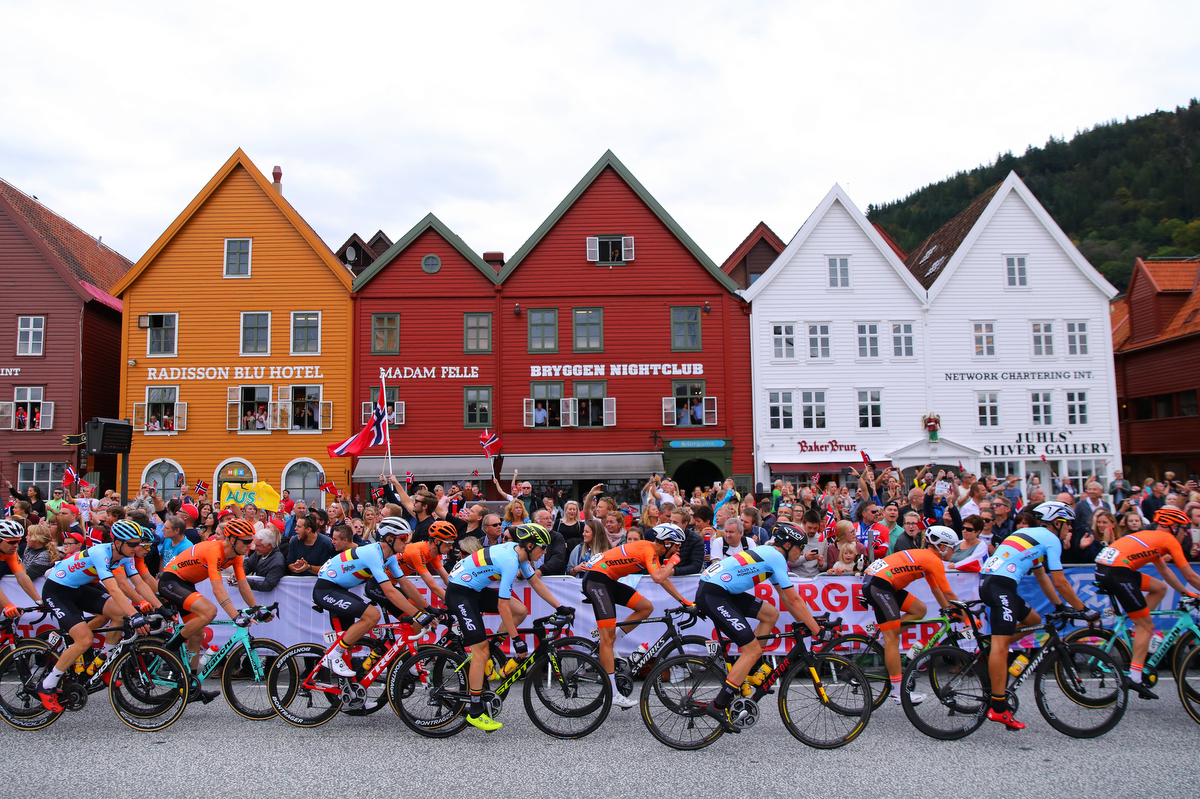
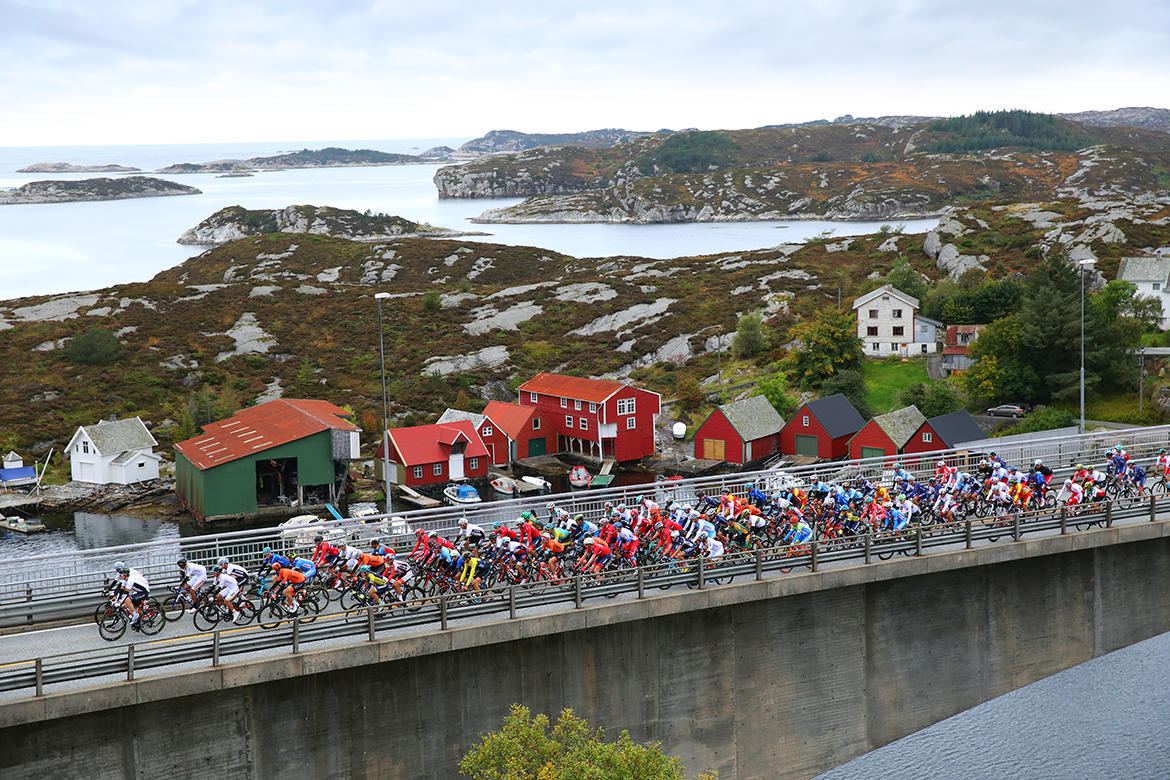
The 2017 World Championships in Bergen, Norway were widely hailed a roaring success, with staggering crowds, gripping racing and spectacular scenery combining to serve up a festival of cycling that seemed to do justice to the UCI's flagship event. However, with the barriers dismantled and the paint washed off the roads, the party atmosphere has made way for a more sober picture of bills, debt and the looming threat of bankruptcy.
Event manager Helge Stormoen confirmed to Cyclingnews that the organising body ended up spending significantly more than they budgeted. “We are definitely going to be in the red," he said, explaining that it will take two to three weeks for the full extent of the damage to become clear.
While Stormoen and his colleagues are considering going to the Norwegian government for rescue funds, with bankruptcy now a very real prospect facing the Norwegian Cycling Federation, they have been handed a lifeline of a more surprising variety: crowdfunding.
Kristin Solhaug, a cycling fan from Askoy who attended the Worlds, came up with the idea, highlighting the value the tens of thousands of fans derived from what was a free event. "We were treated to an unmatched event, a glorious thing," she told NRK. "I think there are many like me who would like to give a little back."
She wasn't wrong. Since the launch of the campaign – on an app-based platform called Vipps – on Tuesday morning, no less than 3.5 million Norwegian Kroner (NOK), the equivalent of €375,000, has been raised.
"This is an incredible story," says Stormoen. "It shows that the public enjoyed fantastic moments and that the championships really did something for the people of Bergen."
Even if the Vipps account is in their name and the money goes straight to their account, the organisers are keen to insist that this is purely a fan initiative after some critical reactions in Norway.
The latest race content, interviews, features, reviews and expert buying guides, direct to your inbox!
Either way, even if the donations continue to roll in, it is unlikely they'll be enough to bail out the federation, with the Bergens Tidende newspaper suggesting the final bill could come to a whopping 220 million NOK.
Where did the money go?
Stormoen confirmed that the initial budget for the 2017 Worlds was 156 million NOK – equivalent to approximately €16.5 million. That figure, however, was reduced to 135 million NOK more than a year before the championships as the organisers battled with an unfavourable sponsorship market.
The oil and gas industry, from where they expected to source the bulk of their sponsorship revenue, had fallen on hard times, and they had to look elsewhere and downgrade their projections. They knocked the 21 million NOK off the budget and decided not to go ahead with certain outlays, such as removing all the speed bumps from the race route.
As well as a shortfall in sponsorship revenue, it is feared the organiser failed to sell sufficient hospitality packages for the nine-day event – a key source of income given the majority of fans watch for free.
In terms of spending, Stormoen points to security as the major area where costs soared above projections. The spate of terrorist attacks in Europe over the past few years have meant that large-scale sporting events must be heavily policed, and in Bergen there were concrete barricades and military trucks out in force. "After what happened in Barcelona and elsewhere, police and private security costs have gone up massively," said Stormoen.
The weakening of the Krone against the Euro and the Swiss Franc hardly helped, either. The awarding of the Worlds to Bergen in September 2014 came with a €7 million licensing fee, but the organisers decided not to pay it off immediately and all in one go. In the end it cost them 15 million NOK more than it should have.
They have since faced criticism over not hedging their funds so as to protect against foreign exchange fluctuations. "They have not been prudent enough and have fallen right into the classic luxury trap. They have not been in control," Arild Salte, an economic advisor who also runs the Norwegian Bicycle Riding Association, told NRK.
"It is easy to be an outsider and speak about these things without having the facts or figures," is the comeback from Stormoen.
What now?
While BT suggested the bill may be as high as 220 million NOK, they, like Salte, do not have the full and final numbers. Neither do the organisers.
"It's still hard to say exactly," said Stormoen. "We still do not have the final figures for the hospitality sales and costs, for things like the sound systems, police, everything – the list is long."
The picture should become clearer in a couple of weeks time, and even then a governmental tax compensation scheme means it could be 2018 before the figures can be seen in black and white.
The crowdfunding may be heartening but the organisers know it won't be enough on its own, and they are preparing to ask the Norwegian government for extra funds.
"Every time this happens with winter sports, they are stepping up and giving money," says Stormoen.
Along with the Norwegian Cycling Federation and the municipality of Bergen, the government was one of the main sources of cash for the event, putting in more than 50 million NOK. The organisers maybe shouldn't be so confident, if the words of Bard Folke Fredriksen at the Ministry of Culture are anything to go by.
"The Cycling World Championships was a brilliant event, but I would like to remind you that they have already received 52 million from the state," he told NRK. "They last received 10 million before the summer. The total amount is 12 million more than they originally sought."
The municipality of Bergen, too, is said to be reluctant to add to the 25 million NOK it put in.
If the government does not step in, and BT's estimations are accurate, the Norwegian Cycling Federation faces bankruptcy.
Priceless?
The financial picture may be bleak, but, in the eyes of the organisers, it hasn't taken the gloss off the event.
Hundreds of thousands of fans, and nearly as many Norwegian flags, were out in force, setting up camp in the centre of Bergen, on Salmon Hill – the centrepiece of the road race – and on Mount Fløyen for the finish of the men's time trial. Based on mobile phone signals, it is estimated that there were 100,000 people out on the roads on Sunday alone for the elite men's road race.
"This has been enormous. You have to look at it from two perspectives. Firstly, you have the nine days of racing and everyone who enjoyed them, but also if you look at the wider perspective, we opened the eyes of the rest of the world – in terms of the tourism industry I believe this has been invaluable for the area," said Stormoen.
"Here in Norway, we have Edvald Boasson Hagen and Alexander Kristoff but hopefully this will open up the sport of cycling in Norway – as a sport but also in terms of transport, and the benefits for public health."
As such, no matter how bad the damage, there are no regrets.
"Anyone can count it as a loss or as a profit, but it has done something special for the people of Bergen. We have written a new story for Bergen; you cannot put that in the accounts."
Patrick is a freelance sports writer and editor. He’s an NCTJ-accredited journalist with a bachelor’s degree in modern languages (French and Spanish). Patrick worked full-time at Cyclingnews for eight years between 2015 and 2023, latterly as Deputy Editor.
